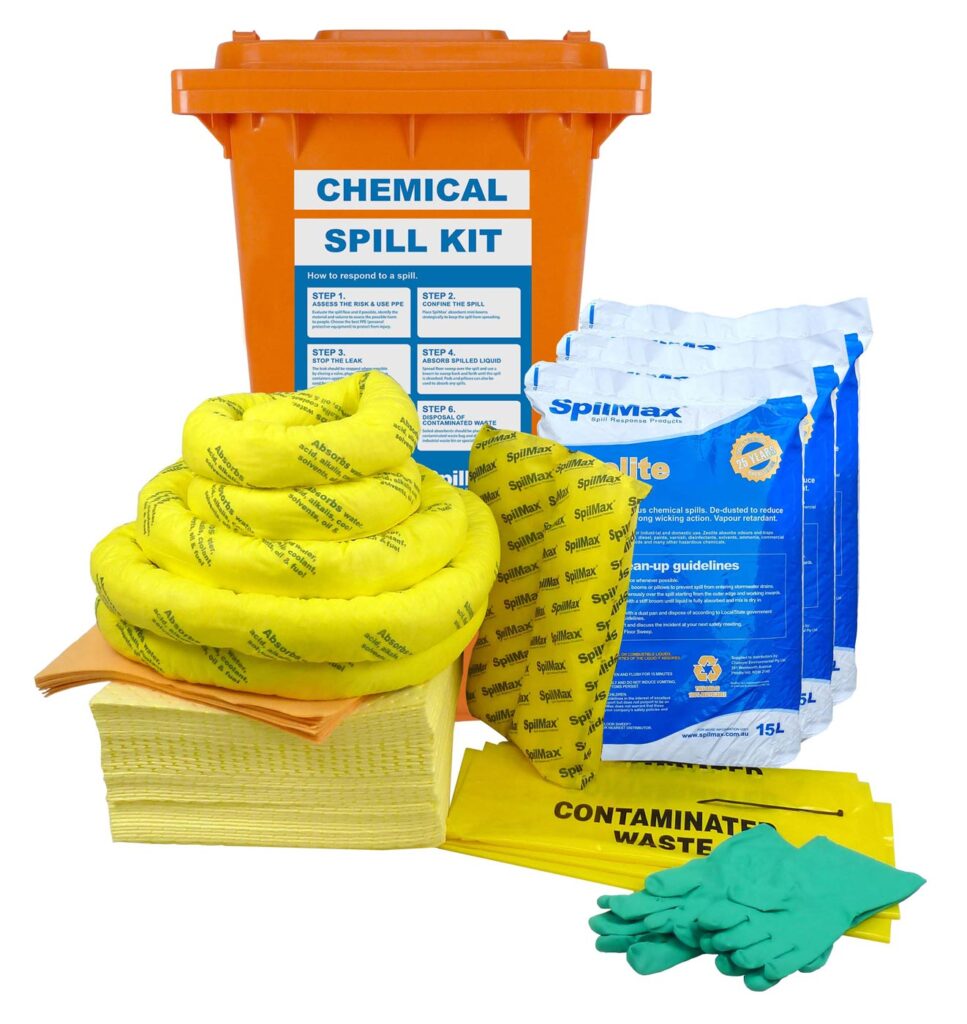Eight Steps to Control Chemical Spill
- Elisia Malicdem
Chemical spills happen no matter how secure your chemical storage is or how prudent your chemical handling guidelines are. Good spill response is crucial in minimising risk and damages. That is why it is important to be ready and be able to respond to chemical spill accidents immediately. Below is a step-by-step guide on how to control chemical spill as it happens.
1. Assess the risk and use PPE
Identify the material and spill volume to assess the risk. Choose the best PPE (Personal Protective Equipment). Dispatch control officers to oversee the situation and, depending on the severity of the situation, evacuate the people on site.
2. Confine the spill
Contain the spilled material in a small area as much as possible to keep it from spreading. Set up a safety barrier around the spill area. Place SpilMax absorbent mini booms strategically to keep the spill from spreading.
3. Stop the leak
The leak should be stopped by closing a valve, plugging leaks or setting containers upright.
4. Absorb spilled liquid
These can be done by using inert absorbent materials such as SpilMax Zeolite, SpilMax absorbent pad or pillow. No matter what happens, it is important to stop it from flowing into stormwater drains or any body of water.
5. Seclude the contaminated area
Use containment bunding and, if possible, rope off the contaminated area to keep people away from the contaminants
6. Clean up
Spread the absorbent material over the contaminated area. Place this material in a drum container lined with a heavy-duty plastic bag and dispose of it according to local guidelines.
7. Report
Contact and notify the public health authorities, the fire and rescue, the state EPA, and water authorities to flag warnings to the water users in order to avoid potential poisoning.
8. Rinse off
Once done, go to the nearest emergency shower station to rinse the chemicals off your body.


